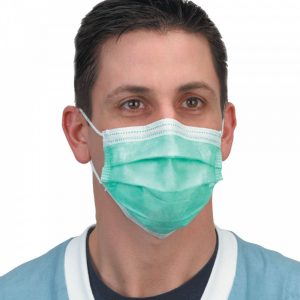


The World Health Organization (WHO) has published new advice for the public on when and how to wear masks safely.
The guidance covers fabric masks and medical masks, describing who should wear what type of mask and when.
Face coverings have become mandatory in some shops and supermarkets in England. In terms of the law, in England, people are required to wear face coverings:
Some key points for fabric masks include the following.
In addition, the WHO has advised the public of the following Don’ts with regard to fabric masks.
Don’t use a mask that looks damaged.
Don’t wear a loose mask.
Don’t wear your mask under the nose.
Don’t remove the mask where there are people within a metre.
Don’t use a mask that is difficult to breathe through.
Don’t wear a dirty or wet mask.
Don’t share your mask with others.
With thanks to The World Health Organization (WHO)
Contact us if you want to discuss Covid-19 risk assessments, social distancing signage or hand sanitiser.
Stay Safe!